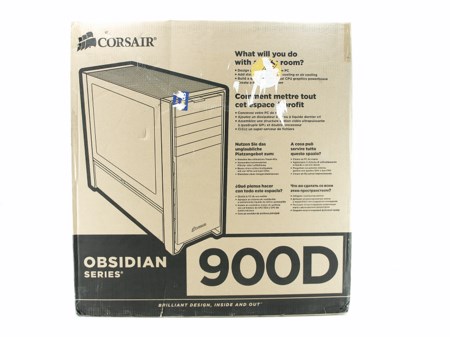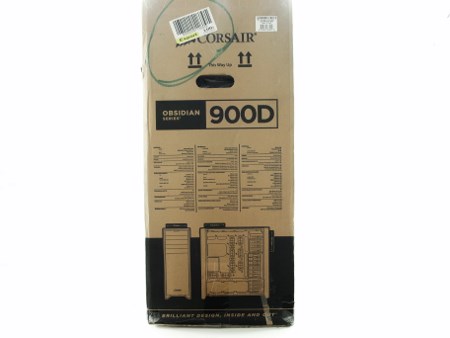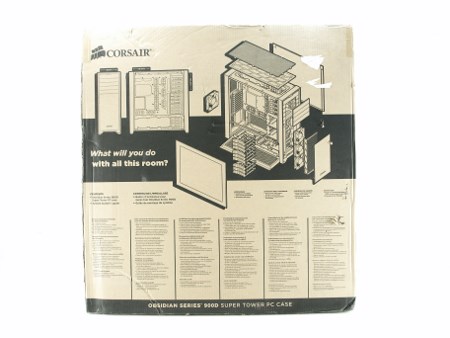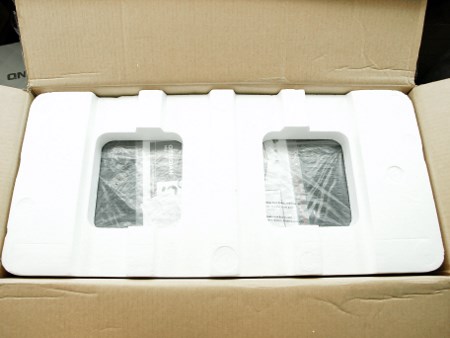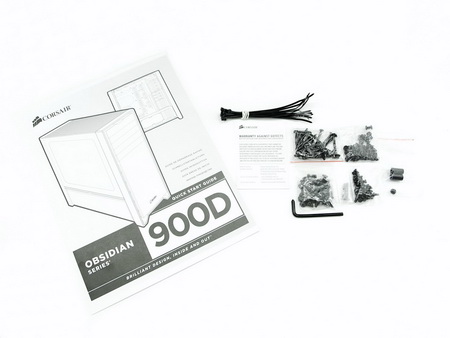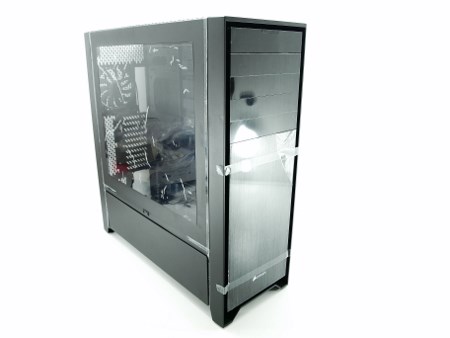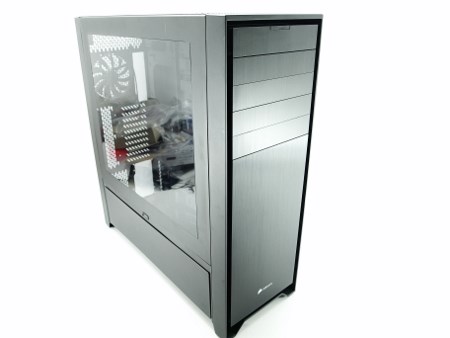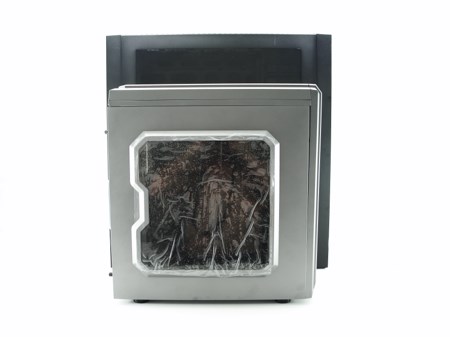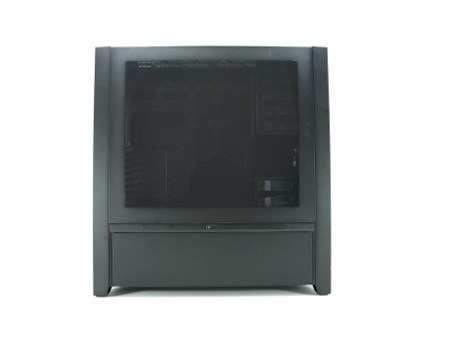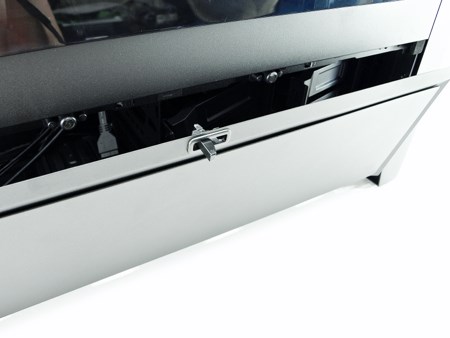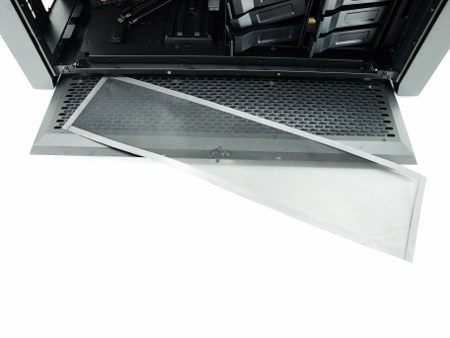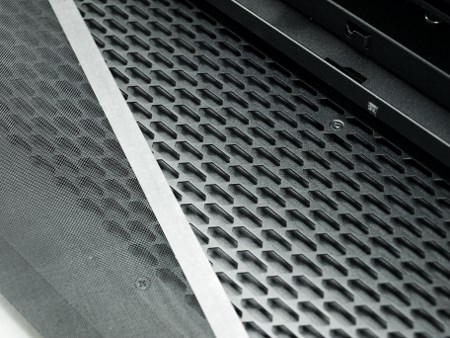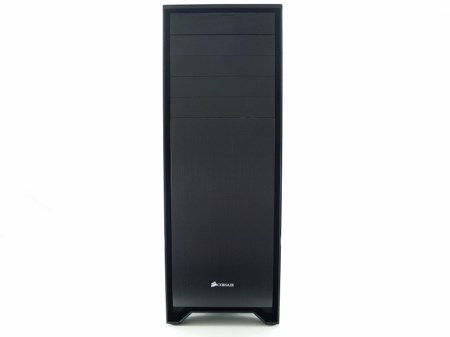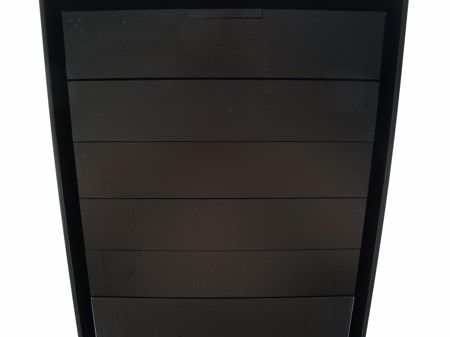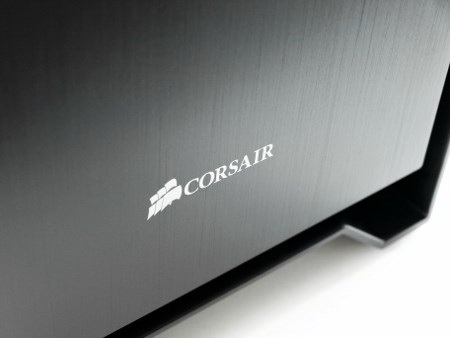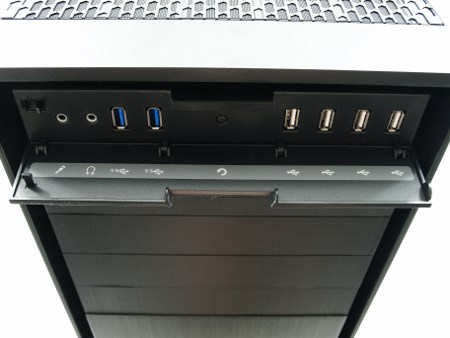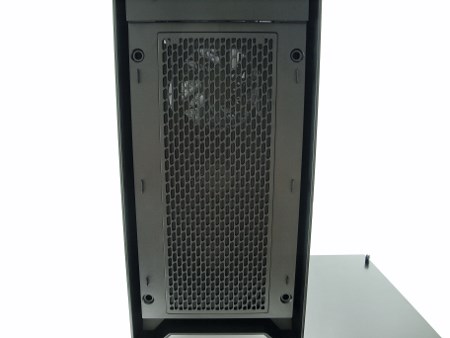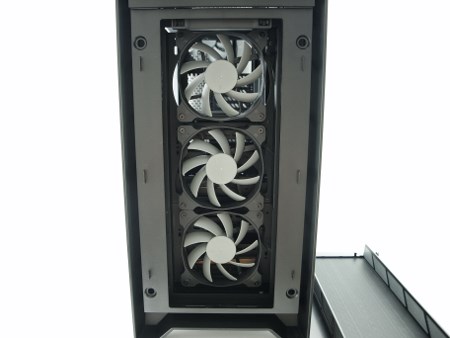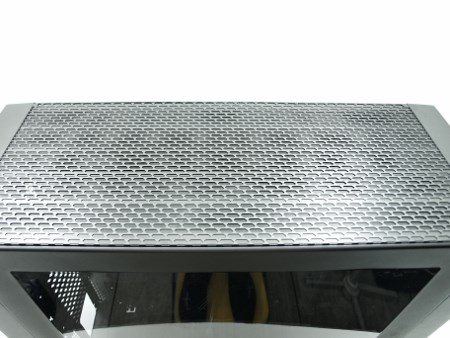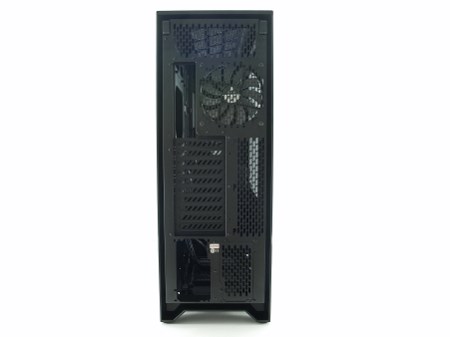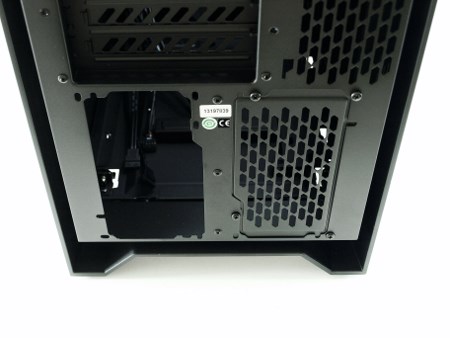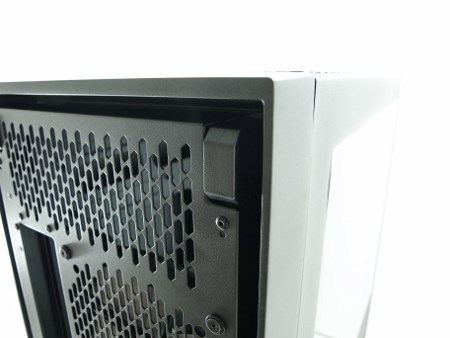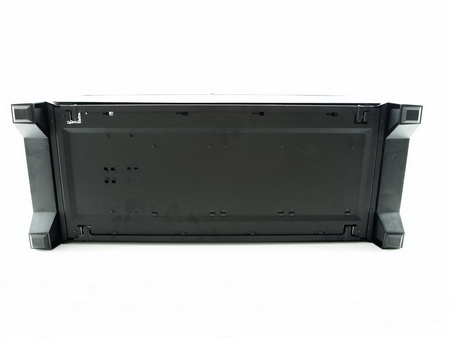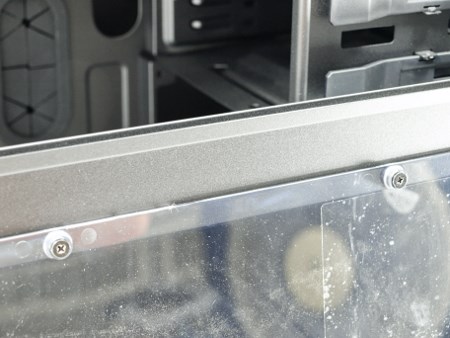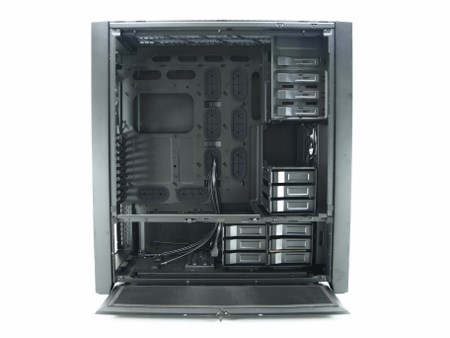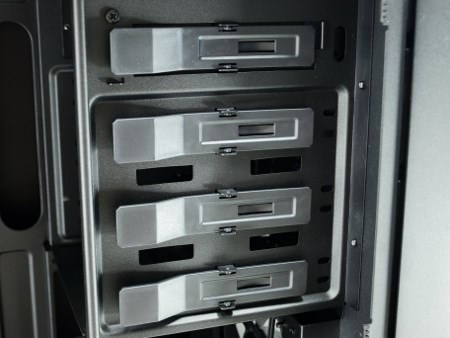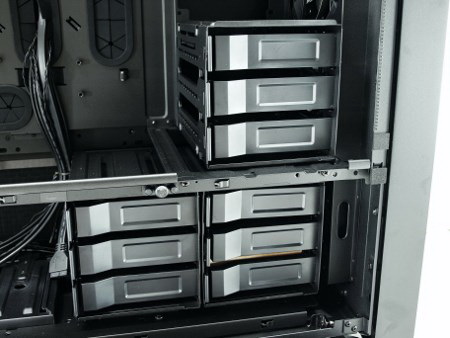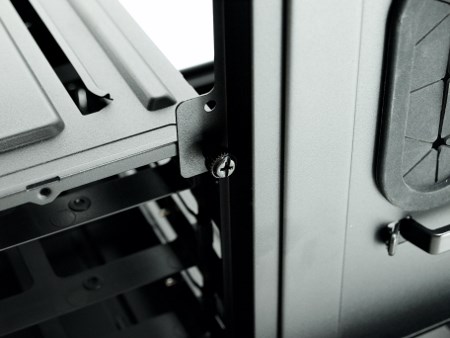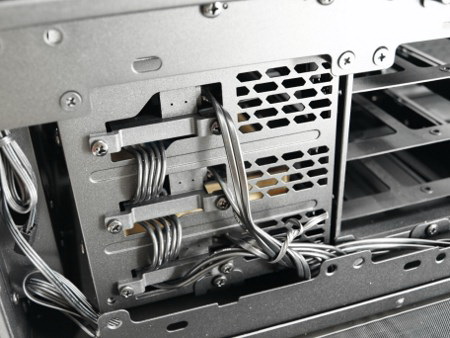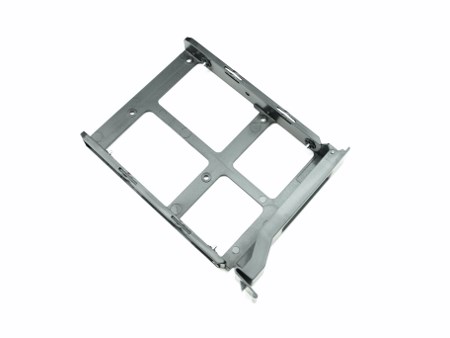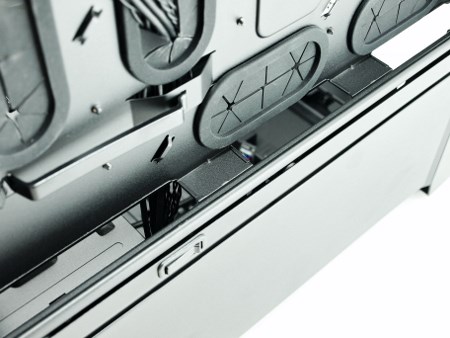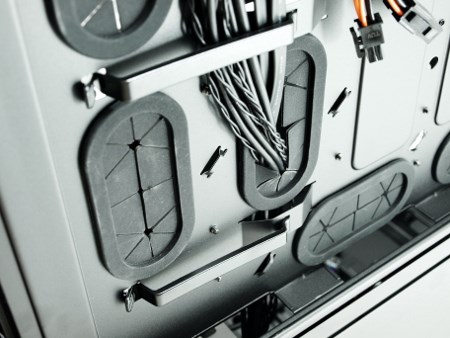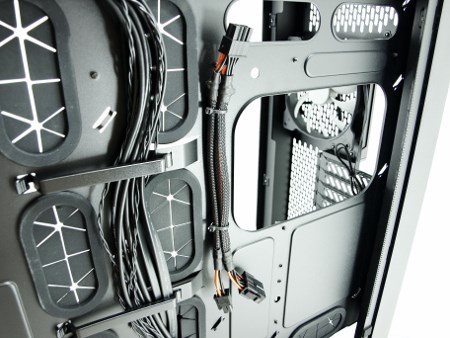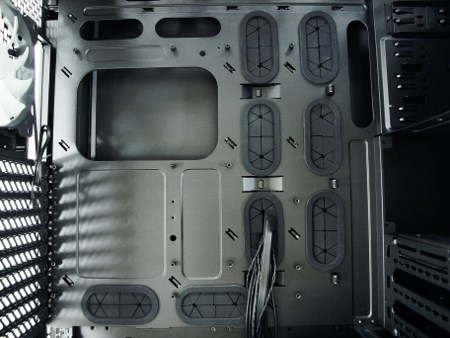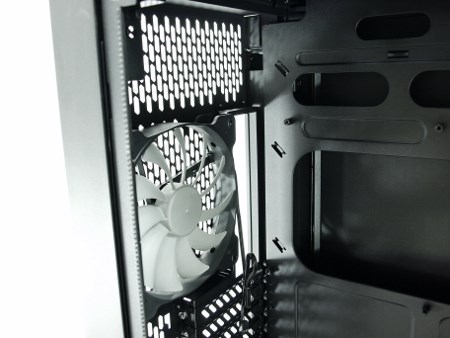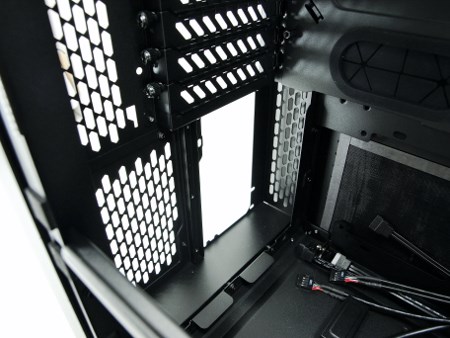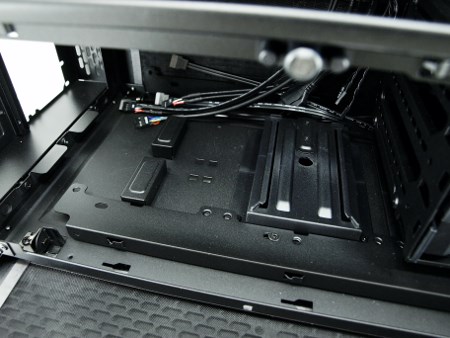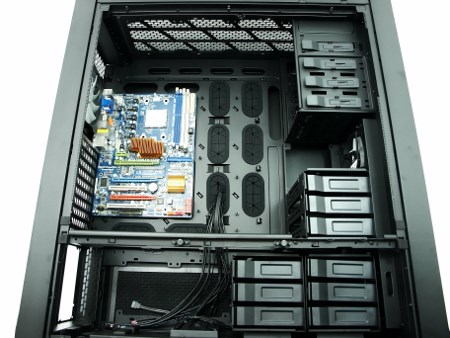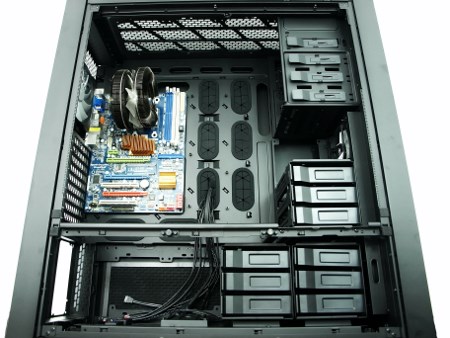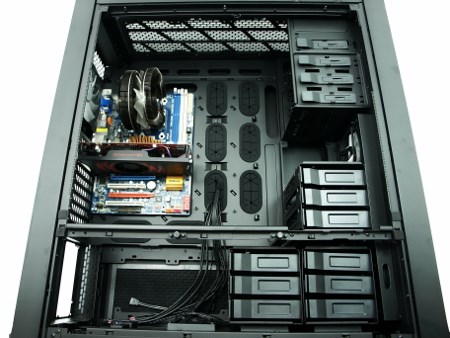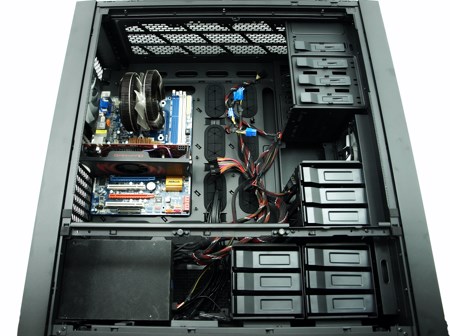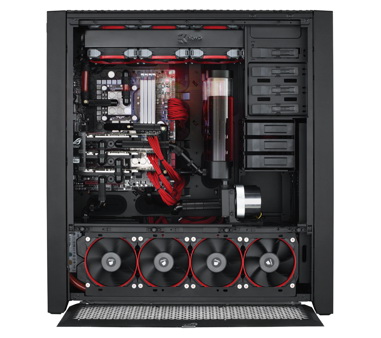INTRODUCTION
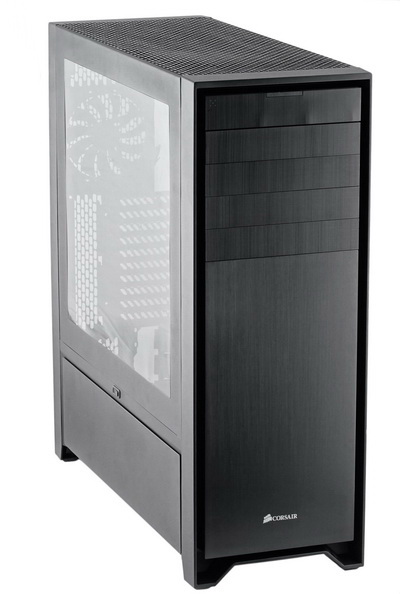
As far back as i can remember myself i always liked to have my systems installed inside full tower PC cases not only because i really wanted the extra space so i could mount hardware with ease but also because they offered the largest number of 5.25" drive bays possible something which made it very easy for me to install a CD/DVD-ROM and a fan controller and still have room left to fit other 5.25" sized devices as they came through the door. Unfortunately since everything tends to get smaller in size i can't say that PC case manufacturers have focused enough in producing high quality and feature rich full towers so when Corsair announced their plans to release the successor to the already great Obsidian 800D which has been amongst my favorite PC cases of all time i was very intrigued. Then again so were countless others out there and so although Corsair launched the 900D roughly 4 months ago due to the record sales numbers they had not a single one to spare and so we had to wait until almost three weeks ago to receive our very own sample which has been on our test bench ever since.
Founded in 1994, Corsair supplies high performance products purchased primarily by PC gaming enthusiasts who build their own PCs or buy pre-assembled customized systems. The company's award-winning products include DDR3 memory upgrades, mobile storage drives, power supply units, solid-state drives, PC speakers, gaming headsets, gaming keyboards, laser gaming mice, system monitoring and control devices, PC cooling products, and computer cases.
Although the Obsidian 800D was a beast of a tower (for its time) it had 1 huge drawback and that was the mainboard size limitation since it was only able of holding up to E-ATX sized ones and so people with XL-ATX models such as myself had to turn towards other newer solutions even if that ment getting something inferior in quality. Well i think that this was naturally amongst the very first things they had in their agenda to resolve but still i was happy to see that their new Goliath that listens to the name Obsidian 900D can hold up to the massive HPTX sized mainboards. Of course compared to the Obsidian 800D the new Obsidian 900D may share the same excellent build quality and finish but it also has an assortment of new features including a completely tool-less design, room for up to 15 fans, swing-out doors, dual PSU area, 5 radiator mounting points and much more. So is this the perfect HPTX tower we've all been waiting for? Seems that way doesn't it? Well let’s find out.
SPECIFICATIONS AND FEATURES

PACKAGING AND CONTENTS
We are used to receiving large cardboard boxes for full towers but the one inside which the 900D arrived is simply massive. At the front as you can all see there's a drawing of the case and the 1 million dollar question, what will you do with so much space?
The specifications of the Obsidian 900D are placed on both sides above two drawings showcasing both its front and interior.
Moving at the rear Corsair has placed all the features and specifications of the 900D here as well this time however these are showcased via a large drawing of the 900D completely dismantled.
The 900D is placed between two very thick foam spacers and inside a plastic bag to keep it protected during shipping.
Aside the quick start guide which is placed on the case there's also a small box located inside one of the 3.5" drive trays that contains 7 small plastic bags with all the required installation screws (and then some), Allen key, several cable ties and a warranty paper.
THE OBSIDIAN 900D EXTERIOR
Several parts of the case are wrapped inside sheets of plastic so once you finally get it out of the box it will take you a couple of minutes to remove all of them.
Design-wise the 900D is nothing really special (like the 800D) and in that aspect i do prefer the Cosmos II by CoolerMaster, however when it comes to interior space the 900D is simply superior.
To showcase just how large the Obsidian 900D is we placed it right next to one of the latest midi tower cases to hit the market the Enermax Fulmo ST.
There's a huge window on the left side panel (in a way i think i like the side window of the 800D a bit more) and what seems a large compartment right beneath it.
There are actually two such compartments (one on each side) that open up by just pulling this small lever at the top.
These panels are actually perforated in their interior and also come with air-filters that attach themselves onto the panels via magnets placed on all their sides.
Getting at the front of the Obsidian 900D we see that Corsair has once again used brushed aluminum for the fascia.
Unfortunately with the amount of plastic Corsair dresses the fascia to ensure it doesn't get scratched (or the bay doors don't open and break) during shipping it's inevitable that some pieces (or glue) will remain. Anyways as you can see the 900D comes with four 5.25" drive bays (to be honest with you i would like at least 5).
The company logo is printed at the lower section of the front fascia.
Although it seems like the 900D has a total of five 5.25" that's not the case since the top one opens up to reveal the I/O which includes 4 USB 2.0 ports, 2 USB 3.0 ports, the reset button and the usual microphone and headphone ports.
The entire lower section of the fascia is removable and right behind it we see a large air-filter in front of three AF120L 120mm fans (you can place up to a 360mm radiator in this area).
Taking a look at the top we see that it's also perforated and according to Corsair you can install either 4x120mm or 3x140mm fans beneath it (or up to a 480mm radiator).
At the rear we see a large perforated space at the top, an AF140L 140mm exhaust fan, 10 PCI expansion slots and the PSU area.
What's quite impressive is that the PSU area has space for up to 2 power supplies placed vertically (or one if you choose to mount a radiator on one of the two sides).
Another great feature of the Obsidian 900D is that both side panels are not attached onto the main chassis via screws but via a latching mechanism that works by pressing these buttons.
Aside the tall feet there's nothing really worth mentioning about the bottom of the 900D.
THE OBSIDIAN 900D INTERIOR
Corsair uses quite thick side panels but as expected (due to the side window) they don't feature any kind of noise-absorbing coating.
The interior is massive so in a way i do understand the question Corsair asks on the box.
All four 5.25" drive bays use tool-less locking mechanisms which may not look pretty but they are quite sturdy.
There are three removable drive cages (you can stack them all together vertically, horizontally or as seen above) placed inside the 900D each able to hold up to three 2.5"/3.5" drives. To remove and rearrange them you will need to remove the screws found at the rear.
The lowest drive cage also features 3 hot-swap spots.
Now had this been an average midi tower i'd really be ok with the substandard drive trays used but since the 900D is the current Corsairs flagship case i really can't seem to figure out the why this happened. Now i do have to admit that these are very easy to use but I’ve seen better quality ones used with midi towers that cost 3 times less and at least for me that's a serious drawback.
There's plenty of space behind the mainboard tray to route even the thickest cables.
Corsair has also placed cable holders behind the mainboard tray to make cable management even easier.
An 8-pin EPS 12V extension cable is attached at the rear of the mainboard tray since naturally a PSU will have a hard time reaching over.
The mainboard tray has a large CPU cutout area and 8 rubber grommeted cable routing holes along with two "naked" ones.
Where Corsair has placed the AF140L 140mm exhaust fan you can also place a 140mm radiator. As for the perforated space that is mostly for show (although it should also provide the interior with some fresh air) since Corsair wanted to leave plenty of room between the top and the mainboard for people who would like to use large radiators.
All of the PCI expansion slots are secured in place via regular thumbscrews and as for the PSU area well Corsair had to do that for people who may also want to take advantage of the left/right radiator spots right past the compartment panels (up to 480mm radiators on the opposite side and 280mm on the side with the PSU).
BUILDING THE SYSTEM
The sole purpose of this section has always been not to produce a working system but to showcase what you can all expect in terms of interior space from the case at hand. However since the Obsidian 900D will be housing our primary test rig pretty soon we will update this review with a picture of our finished project when it's completed.
I've never seen a PC case capable of holding two ATX mainboards and although the Obsidian 900D can't either it comes pretty close.
No matter how large of a CPU Cooler you use there will be plenty of free space around.
When it comes to graphics cards the sky is the limit since you can fit even the longest ones available without issue.
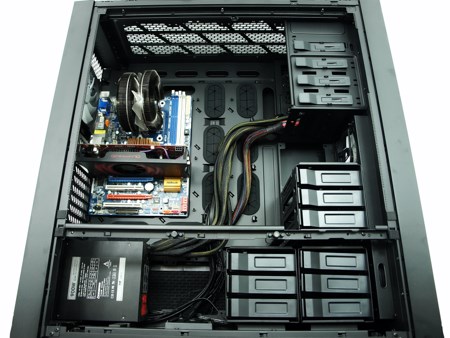
The PSU area was designed in such a way that you can also place a radiator even on the same side as the PSU. This as you can see is not hard if you use a normal sized model but if you opt for one of the really long ones (as i think it's natural for people with mGPU configurations) then your best choice will be to mount the radiator on the opposite side.
This picture taken directly from Corsair showcases the interior space of the 900D in all its might so until our project is complete we thought we'd post this instead.
NOISE LEVEL TEST
After giving it much thought we decided on performing noise tests with each PC Case we receive by placing our ExTech HD600 vertically ontop of each case to measure the noise levels emanating from the pre-installed fans at both 50% and 100% with the help of a fan controller.

As you can see the Obsidian 900D is not the most silent case of our growing database but it's not the loudest one either (besides most people who can spend so much on a PC case will probably replace the bundled fans).
CONCLUSION
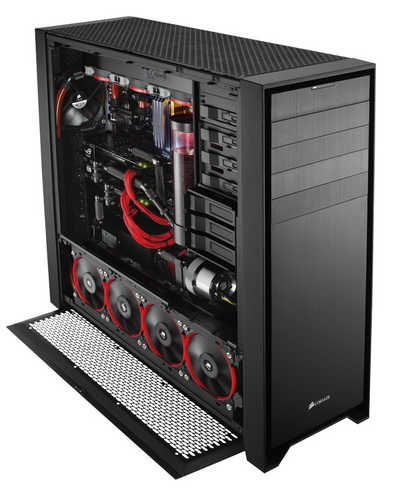
If you are like me and have been waiting patiently for the successor to the Obsidian 800D then you will probably find a few flaws with the 900D. Sure it's a very high quality tower and due to its huge size it has plenty of space for mainboards (up to HTPX in size), fans (15), radiators (5), 2.5"/3.5" drives (9), 5.25" drives (4) and it even has room for two power supply units but if you really take a close look in its interior it won't take long for you to see that Corsair could had made use of some "empty" spots for numerous other things (such as SSD mounting spots, tube reservoirs and more) so i don't know why they chose not to. An extra 5.25" optical drive bay would also be a very good thing to have since even midi towers have 3 so the flagship of the Obsidian line should have at least 5. However i do consider the tool-less design as a plus (although the placement of the PCI expansion slots makes it very hard to secure them in place even with thumbscrews) and i particularly liked the left and right side panels which can be removed at the press of a button while thanks to all of the air-filters used it's a safe bet than you won't have to worry about dust. Overall the new Obsidian 900D Super Tower is a real goliath amongst PC Cases and that alone will go a long way for modders, enthusiasts and overclockers.
Just like the Obsidian 800D no one really expected for the Obsidian 900D to be cheap and it's far from that since it currently retails for around USD350 inside the USA and for 324.90Euros inside the EU (Caseking.de). That being said we know it's not cheap but for people who can really put all of this space to good use there's simply nothing better available currently in the sub USD400/400Euros domain. Bottom line Corsair has launched one of the best HPTX compatible PC cases in the market and although yes it's far from perfect in the end the old saying by Desiderius Erasmus "In the kingdom of the blind, the one-eyed man is king" is a perfect match here and since in the market there aren’t any better PC Cases at around the same price point currently (the Cosmos II looks better but has less interior space) the Obsidian 900D gets our Platinum Award.

PROS
- High Build Quality
- Huge Interior Space (HPTX Compatible)
- Room For Up To 15 Fans
- Room For Up To 5 Radiators
- Room For Up To Nine 2.5"/3.5" and four 5.25" Drives
- Dual PSU Area
- 10 PCI Expansion Slots
- Tool-Less Design
- Air-Filters For All Fan Spots
- Removable Drive Cages
- Drive Cage With 3 Hot-Swap Bays
- 4 Pre-Installed Fans
- Cable Management Features
CONS
- Price (For Some)
- Substandard Drive Trays
- PCI Expansion Slot Placement (Hard To Secure)
- Unused Interior Space

 O-Sense
O-Sense





